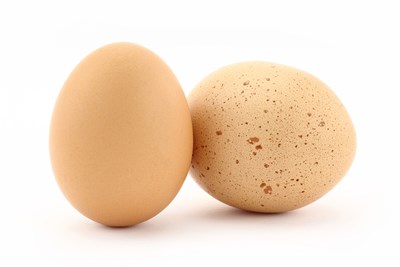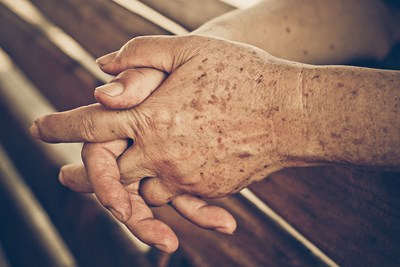Age spots, or “solar lentigines,” are small, dark patches that appear on the skin. Also commonly called liver spots, they may be different shades of brown—even black—and lay flat on the skin, almost like large, irregular freckles.
They occur most often in fair-skinned or older populations, particularly on people who spend a lot of time in the sun. Additionally, they appear more frequently on areas of the body exposed to a lot of sun, even in younger folks. Although they can look cancerous, age spots are not a health risk. Some people, however, find them unappealing and may choose to treat them in order to regain unblemished, younger-looking skin. Here’s a look at medically supervised options for treating age spots.
Light Therapy
Intense pulsed light (IPL) therapy and laser therapy are both geared toward getting rid of age spots without damaging the skin. These therapies may be more appropriate for larger areas of age spotting. These therapies impair melanocytes, cells that produce the pigment melanin that gives color to the skin. IPL uses intense light pulses which become heated, to damage the melanocytes, very similarly to the way laser therapy works.
Cryotherapy
When only a small area of skin is affected by age spots, cryotherapy may be an option. Using liquid nitrogen, or a similar chemical, the skin in the area is frozen, which damages the extra pigment the melanocytes have produced, rather than damaging the melanocytes themselves.
Once the frozen spot has healed, age spots will look lighter. However, it is important to remember that cryotherapy may leave scarring or unintended discoloration, and it can be quite uncomfortable.
Dermabrasion and Chemical Peels
Dermabrasion is a method in which the age spot is sanded down, allowing new, unblemished skin to take the place of the darker spots on the skin’s surface. It too can be uncomfortable and may cause scabs or red spots.
A chemical peel is a similar method to cryotherapy and dermabrasion, using the heat produced by acid to burn off the skin’s surface, rather than freezing or rubbing it off. It can take more than one treatment for success, and redness, irritation, or discoloration may be an unwanted side effect.
Medicated Creams
Prescription medications used regularly over several months may be an effective method of getting rid of age spots as well. These bleaching creams may be used on their own, or combined with a steroid and retinoid. Retinoids are similar to vitamin A and regulate the growth of skin cells. Again, these methods may make the skin itchy, red, or uncomfortable. Make sure to discuss your options carefully with your dermatologist to choose the best option for your skin.



